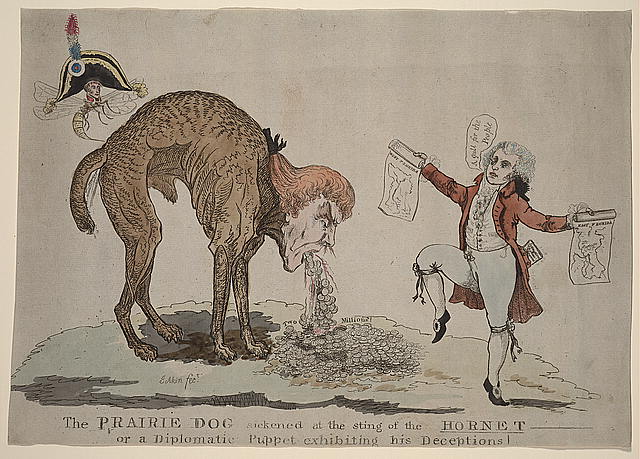Beaver Hats
Here are examples of hats made of felted beaver fur, because if you ask your students to draw a picture of a beaver hat, you’re likely to get some sort of coonskin monstrosity. (Seriously, you should try that.)

Pukestocking, Puke-stocking, Puke Stocking
tl;dr – Being called puke-stocking likely has everything to do with fashion instead of seasickness.
Despite many sites claiming that Pilgrims were called puke stockings, I can’t find anything substantial to back that up (and now think it means something entirely different anyway). I did find a reference to puke stockings in Shakespeare’s King Henry IV –
Wilt thou rob this leathern jerkin, crystal-button,
not-pated, agate-ring, puke-stocking, caddis-garter,
smooth-tongue, Spanish-pouch,–
Which led first to this explanation and then to this one which seems to have some backing.
In 1598, when Shakespeare wrote his play, “puke” was a very fine grade of woolen cloth, often used to make stockings as well as other garments. This kind of “puke” first appeared in English in the mid-15th century, derived from the Middle Dutch word “puuc,” meaning “the best grade of cloth.” Interestingly, “puke” cloth was, in Shakespeare’s day, usually dyed deep bluish-black or dark brown, leading to the term “puke color.” This “puke,” however, is unrelated to the brownish-purple color we know today as “puce,” which takes its name from the French word for “flea.” Apparently if one looks very, very closely at fleas (I’ll pass, thanks), they are purple-brown in color.
John Smith
tl;dr – Captain John Smith was not a nice man.
Thus haue you heard the particulars of this massacre, which in those respects some say will be good for the Plantation, because now we haue iust cause to destroy them by all meanes possible: but I thinke it had beene much better it had neuer happened, for they haue giuen vs an hundred times as iust occasions long agoe to subiect them, (and I wonder I can here of none but Master Stockam and Master Whitaker of my opinion.) Moreouer, where before we were troubled in cleering the ground of great Timber, which was to them of small vse: now we may take their owne plaine fields and Habitations, which are the pleasantest places in the Countrey. Besides, the Deere, Turkies, and other Beasts and Fowles will exceedingly increase if we beat the Saluages out of the Countrey, for at all times of the yeare they neuer spare Male nor Female, old nor young, egges nor birds, fat nor leane, in season or out of season with them, all is one. The like they did in our Swine and Goats, for they haue vsed to kill eight in tenne more then we, or else the wood would most plentifully abound with victuall; besides it is more easie to ciuilize them by conquest then faire meanes; for the one may be made at once, but their ciuilizing will require a long time and much industry. The manner how to suppresse them is so often related and approued, I omit it here: And you haue twenty examples of the Spaniards how they got the West-Indies, and forced the treacherous and rebellious Infidels to doe all manner of drudgery worke and slauery for them, themselues liuing like Souldiers vpon the fruits of their labours. This will make vs more circumspect, and be an example to posteritie: (But I say, this might as well haue beene put in practise sixteene yeares agoe as now.)
Not Everyone Was A Jefferson Fan
ames Akin’s earliest-known signed cartoon, “The Prairie Dog” is an anti-Jefferson satire, relating to Jefferson’s covert negotiations for the purchase of West Florida from Spain in 1804. Jefferson, as a scrawny dog, is stung by a hornet with Napoleon’s head into coughing up “Two Millions” in gold coins, (the secret appropriation Jefferson sought from Congress for the purchase). On the right dances a man (possibly a French diplomat) with orders from French minister Talleyrand in his pocket and maps of East Florida and West Florida in his hand. He says, “A gull for the People.”

